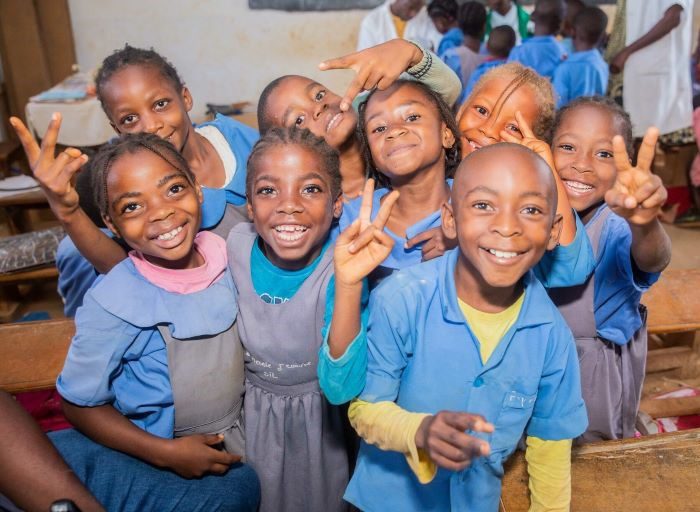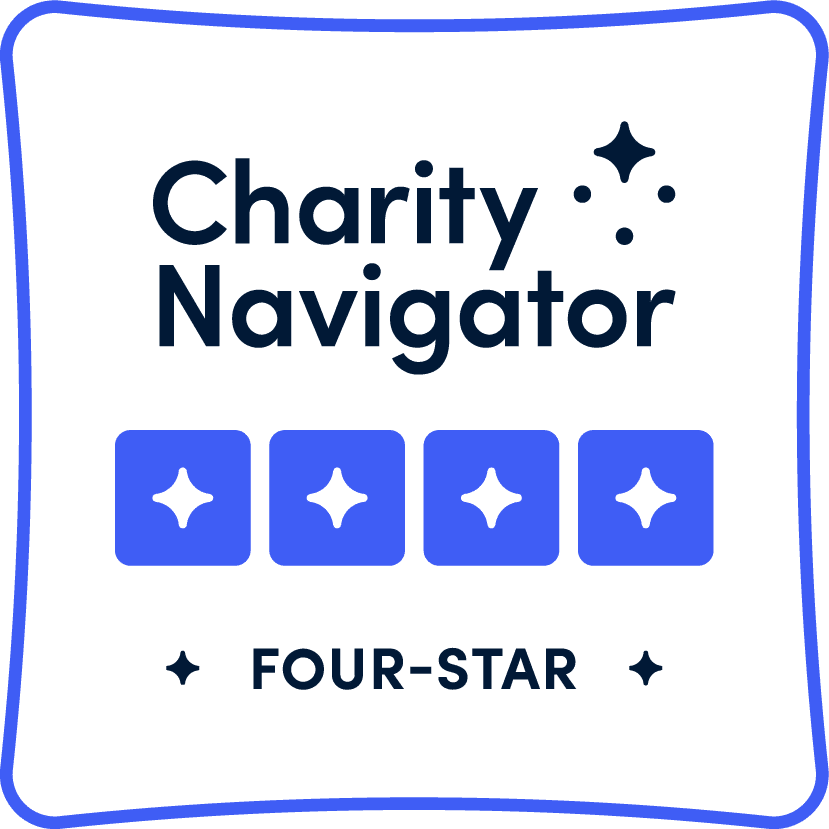A Legacy of Protecting Sight
Worldwide, 1.1 billion people — 1 in every 7 — are living with some form of vision loss because they lack access to care. Some 43 million of them are blind. Yet 90% of all vision loss is preventable or treatable.
When Helen Keller co-founded our organization in 1915, our initial mission was providing services to soldiers who had been blinded during World War I. Now, more than a hundred years later, Helen Keller Intl is applying the latest research to programs that ensure vulnerable families can receive timely vision care — and have the means to protect their own sight.
Evolving Strategies to Address Vision Loss
Vision loss is both a cause and a consequence of poverty. Disease, poor nutrition, and little or no access to proper treatment remain the largest contributors to low vision and blindness. Particularly when it begins in childhood, poor vision sets in motion a lifetime of challenges — significant obstacles to education, employment, and the ability to climb out of poverty. The effects of the global pandemic have only compounded these issues by devastating already fragile livelihoods and diminishing even further people’s ability to find basic healthcare and food that is both affordable and nutritious.
In the decades since Helen herself traveled tirelessly to 40 countries on behalf of this organization — to investigate and address the needs of people already living with blindness — we have worked toward developing and implementing the best science-based interventions for people at risk of vision loss. In the 1970s, our pioneering research into how vitamin A could prevent blindness in children led to the groundbreaking discovery that this nutrient is also essential for preventing early childhood deaths. Today, our flagship vitamin A supplementation program helps protect millions of children year.
We are committed to ensuring that our programs for preventing and treating vision loss are cost-effective while still having broad reach. Low-cost medications have proven to be the best means of fighting infections that often result in blindness. And training health workers to perform surgeries in their own communities — to treat late-stage trachoma or cataracts — is an efficient approach that helps people access locally the treatment that can preserve the sight they still have.
Fighting Diseases That Blind
Trachoma and onchocerciasis (“river blindness”) are often categorized as diseases of poverty. Spread through bacteria and parasites, respectively, they are endemic in low-income countries where water is neither abundant nor reliably clean. In addition to causing blindness, these diseases result in tremendous loss of economic opportunity. And the associated social sigma can be overwhelming — not just for the individuals afflicted, but for their families and entire communities. Fortunately, elimination of these diseases is now within reach. In just this past year, Helen Keller’s work with government partners resulted in providing more than 34 million children and adults with treatments and education about keeping themselves healthy.
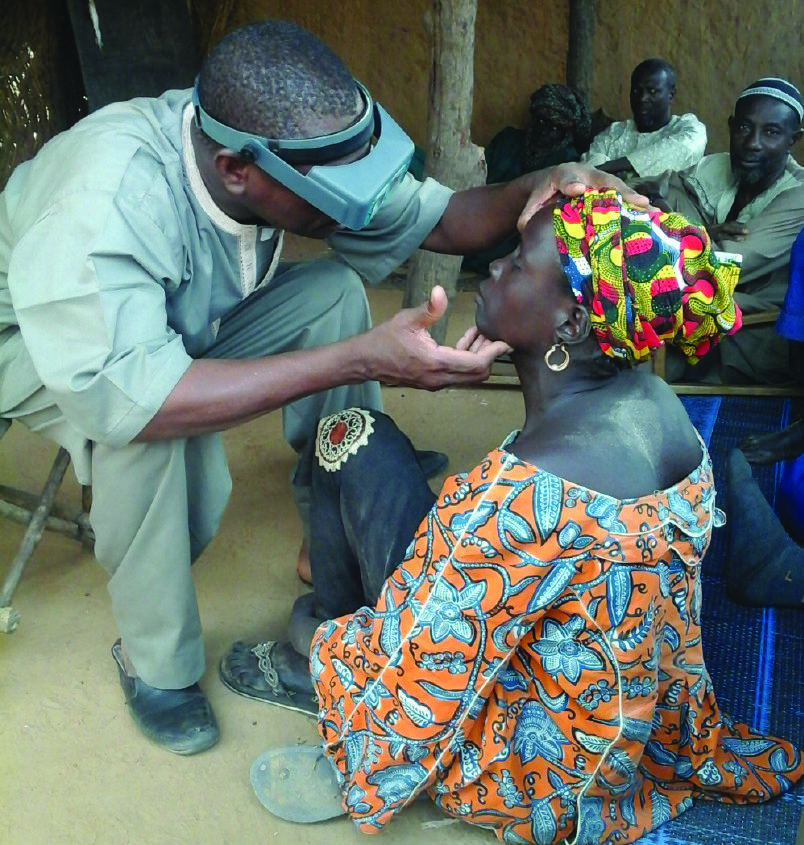
An estimated 537 million adults worldwide have diabetes, with the majority living in low- and middle-income countries. This total is expected to rise to 643 million by the year 2030. Complications like diabetic retinopathy, which is a growing cause of blindness among working-age populations in the developing world, are a burden on already strained health systems in poor countries. By training healthcare workers, providing equipment, and conducting community outreach, Helen Keller is helping to mitigate the effects of this disease by improving early detection and reducing time to treatment.
Bringing Clear Vision Home
Refractive errors, commonly known as nearsightedness, farsightedness and astigmatism, have been on the rise in recent years — likely due to a dramatic increase in the use of screens, especially since the COVID-19 pandemic began. Children and adults living in underserved communities face two main barriers to treatment for refractive error: access and expense. Since 1994, however, Helen Keller’s US Vision Program has been breaking down those barriers.
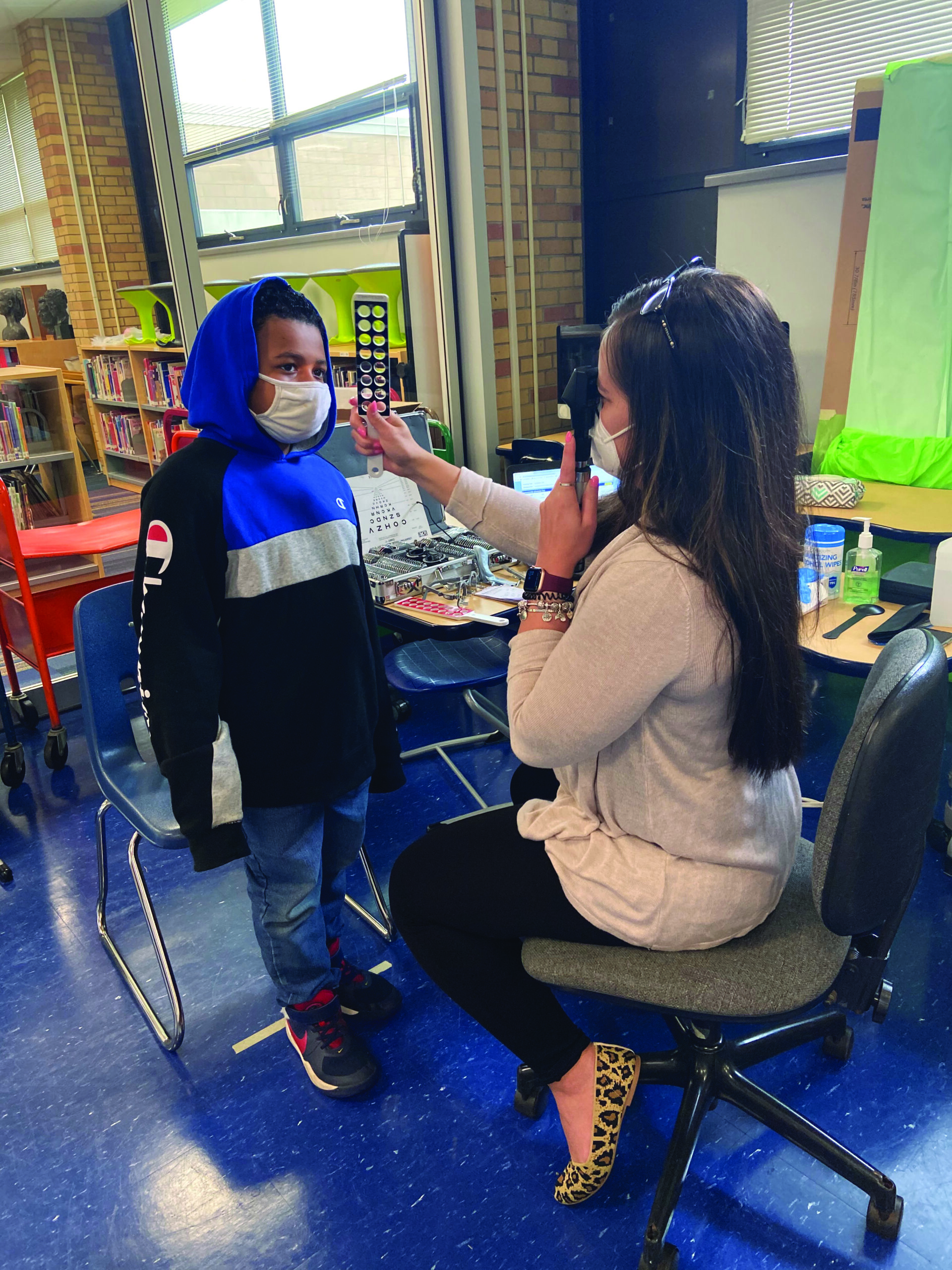
Our licensed optometrists go directly into schools, homeless shelters, and other venues to provide on-site vision screenings (and ophthalmologic referrals when needed). Within days, those who have been struggling with blurry vision — sometimes for years — are provided with properly prescribed, fashionable eyeglasses free-of-charge. What launched as a pilot program in Washington Heights, a poor, largely immigrant community in northern Manhattan, has since expanded to low-income neighborhoods in other states. We currently operate in California, Minnesota, New Jersey, New York, and Texas. To date, we have screened more than 2.1 million people and provided 350,000 pairs of glasses.
Operating in the “New Normal”
Though the COVID-19 pandemic has impacted nearly every aspect of our work, we have been able to adapt our programs, including our vision work — partnering closely with governments and health officials to continue providing services safely.
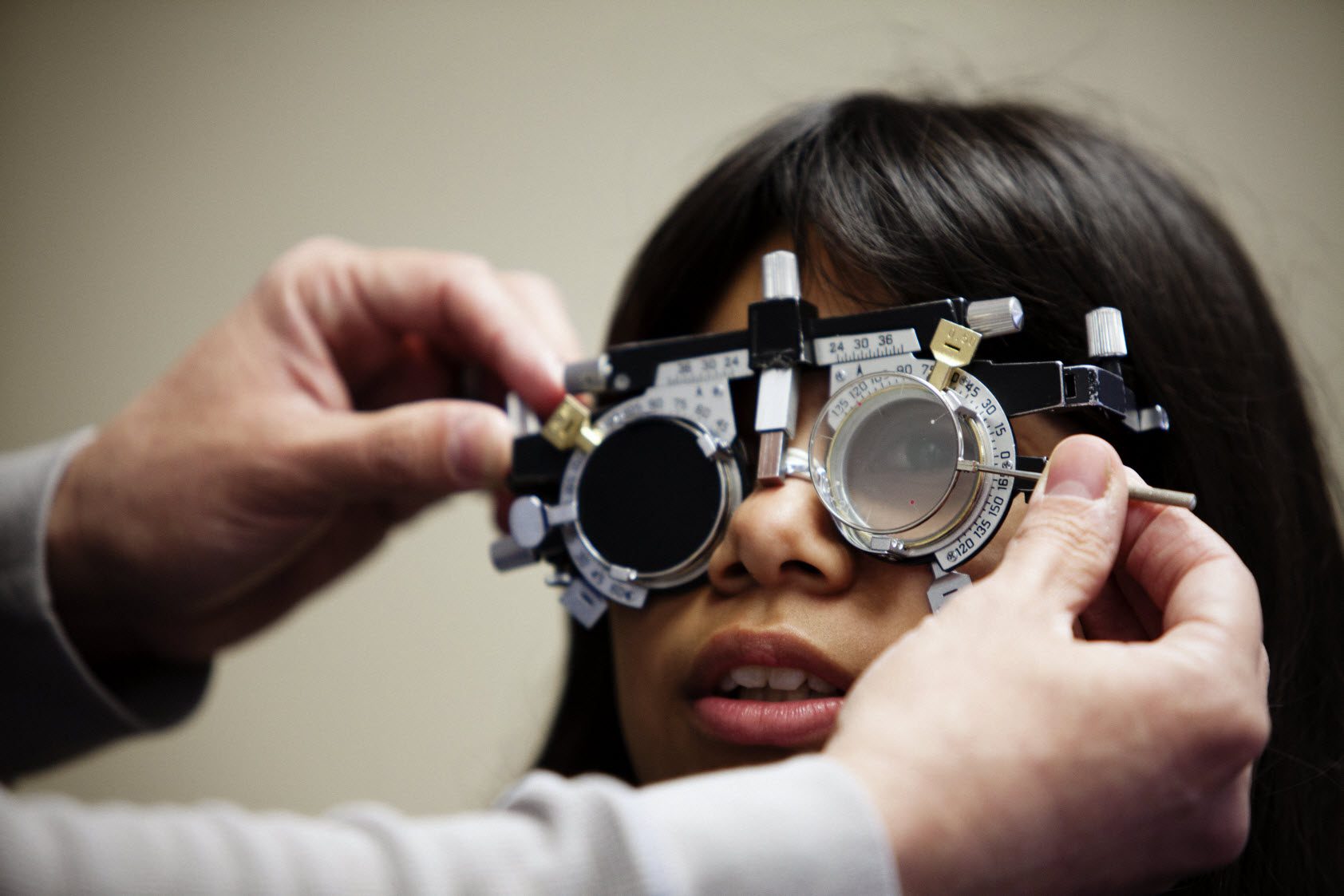
Our work is more important than ever. Help us continue to deliver clear vision to even more children and adults.


